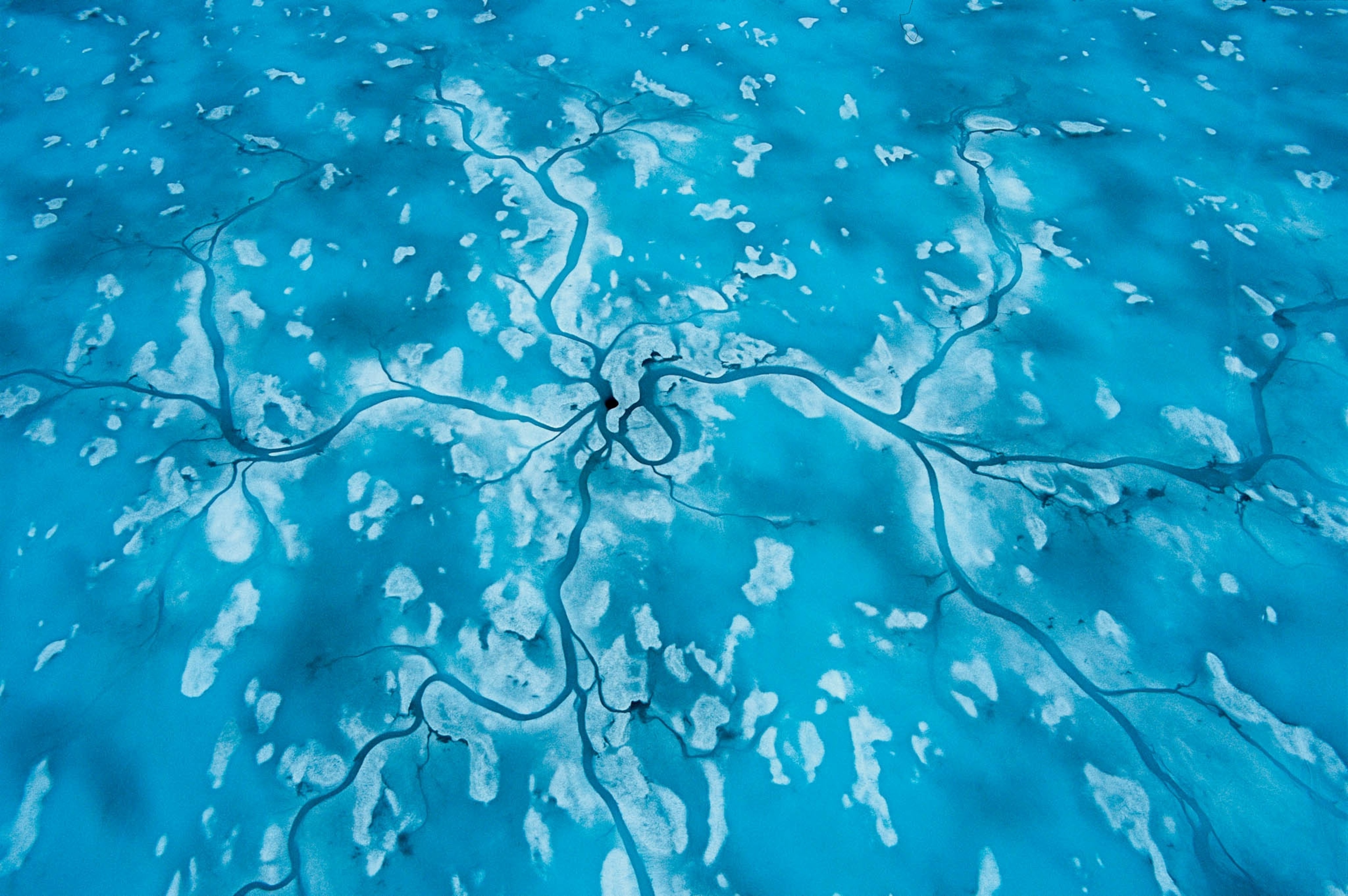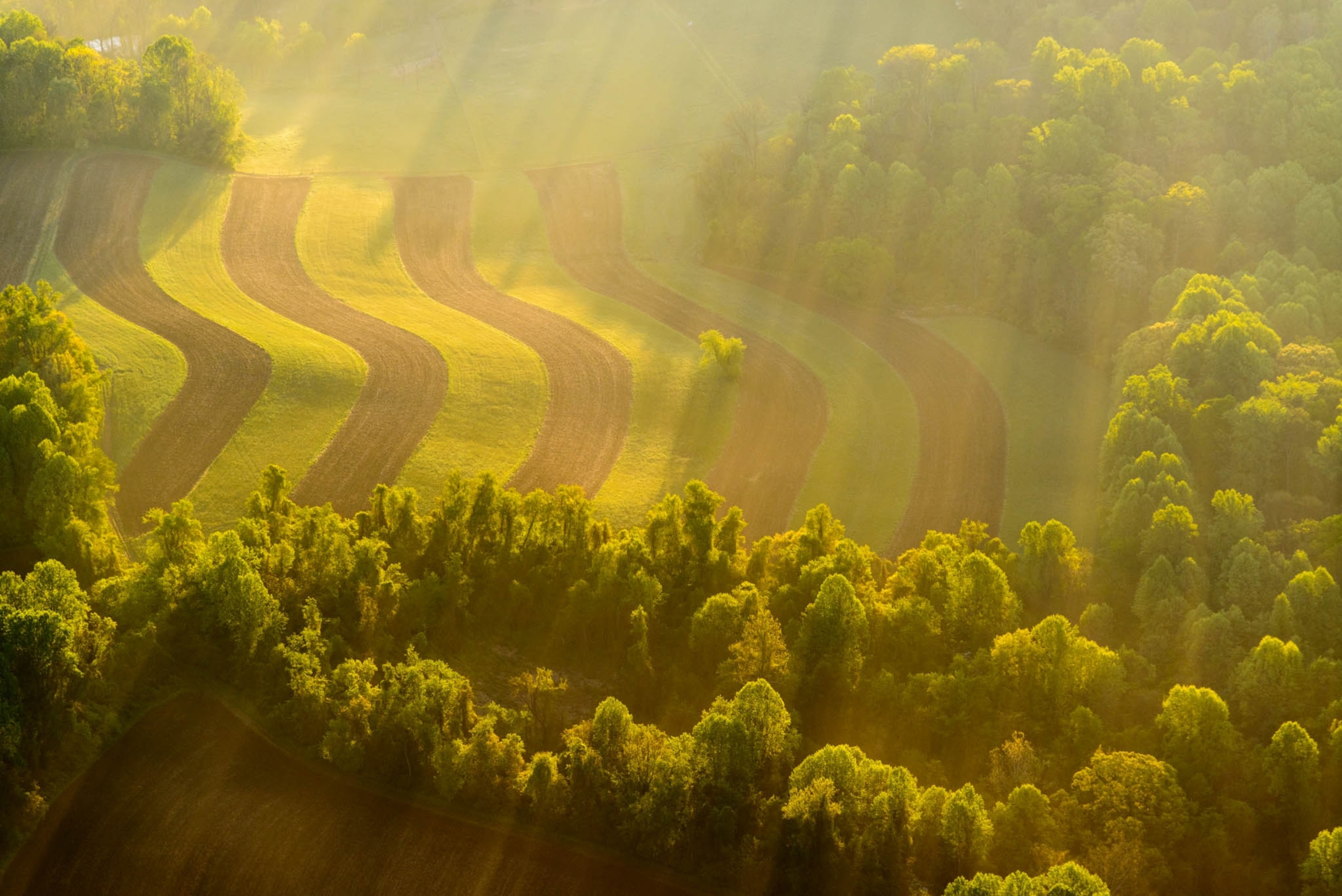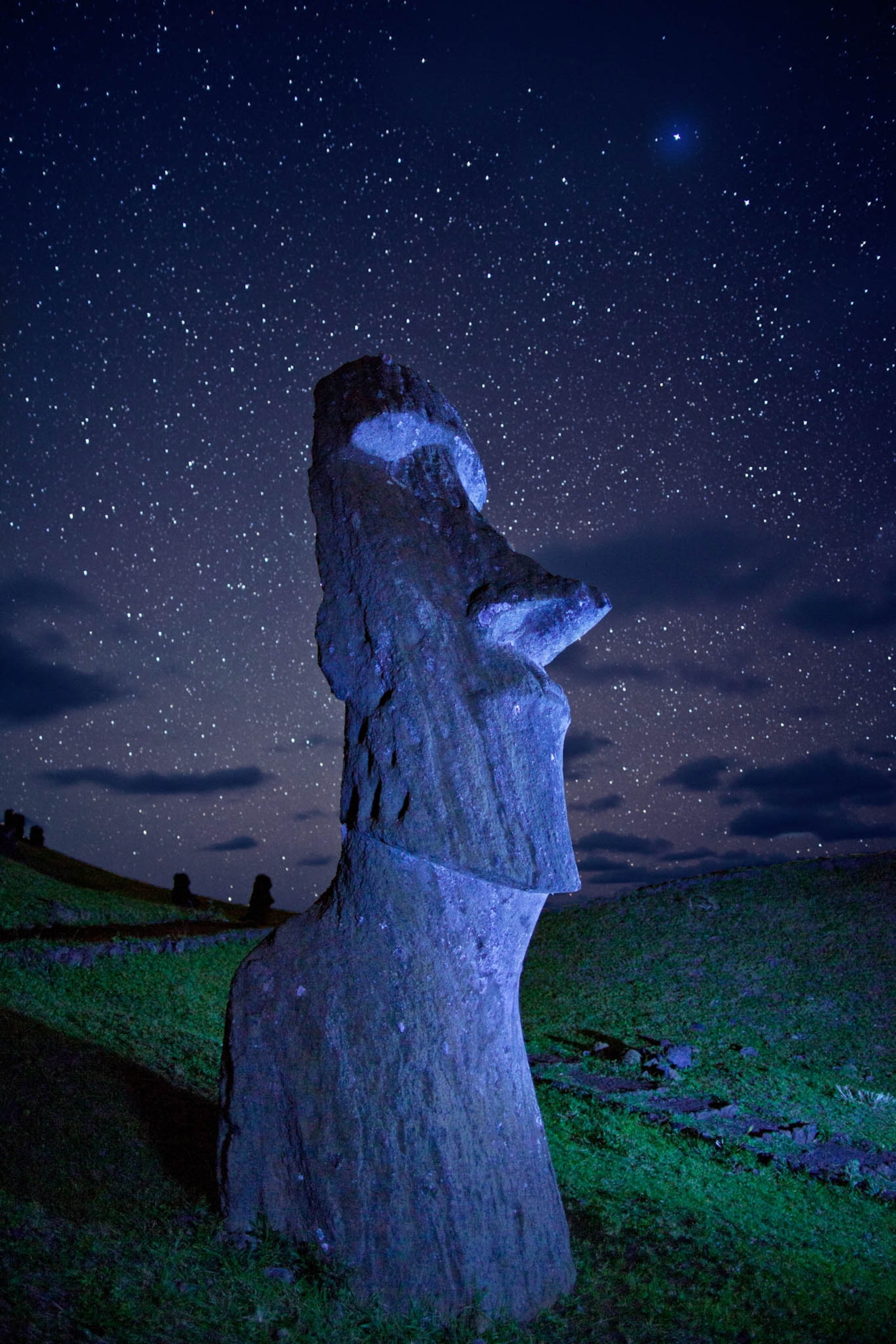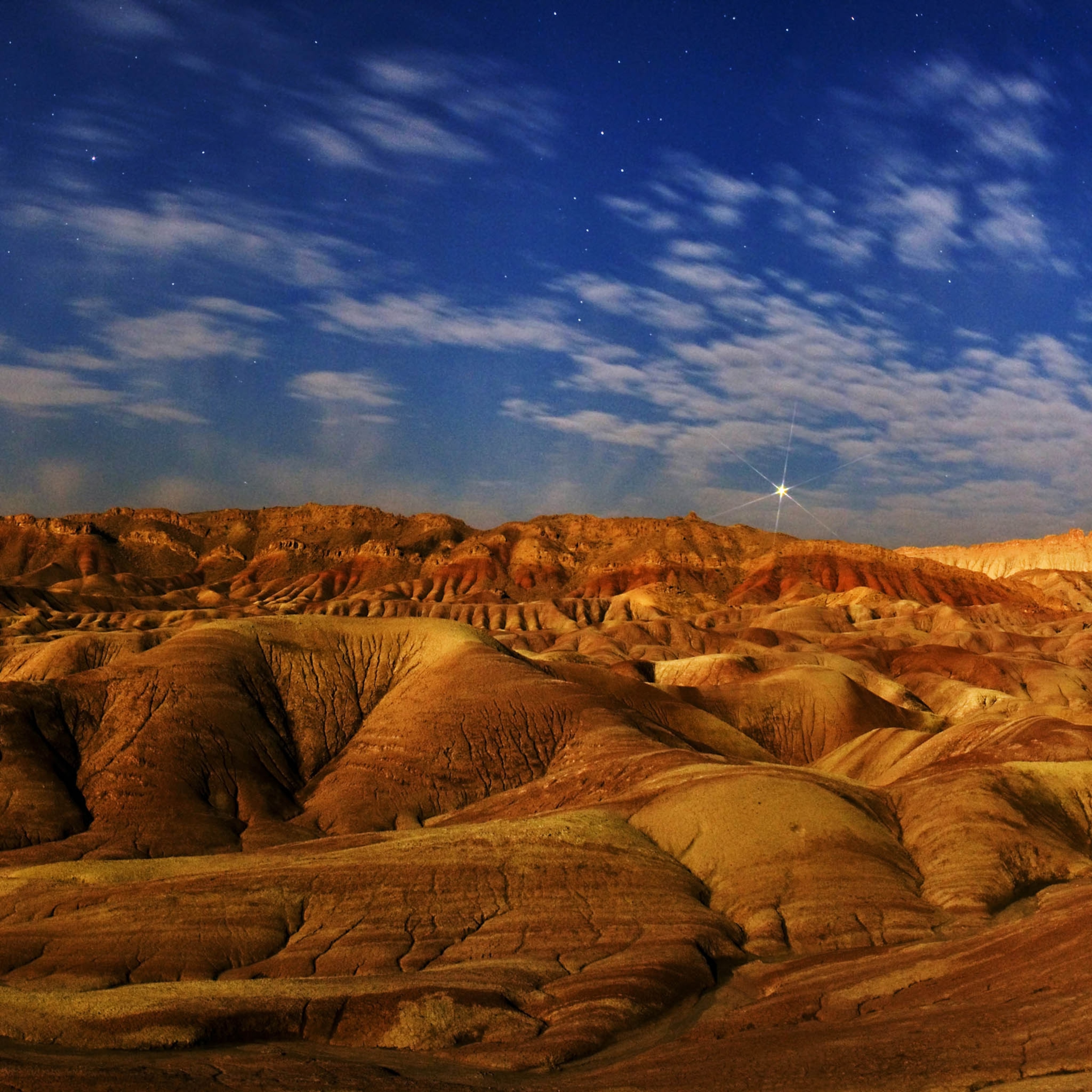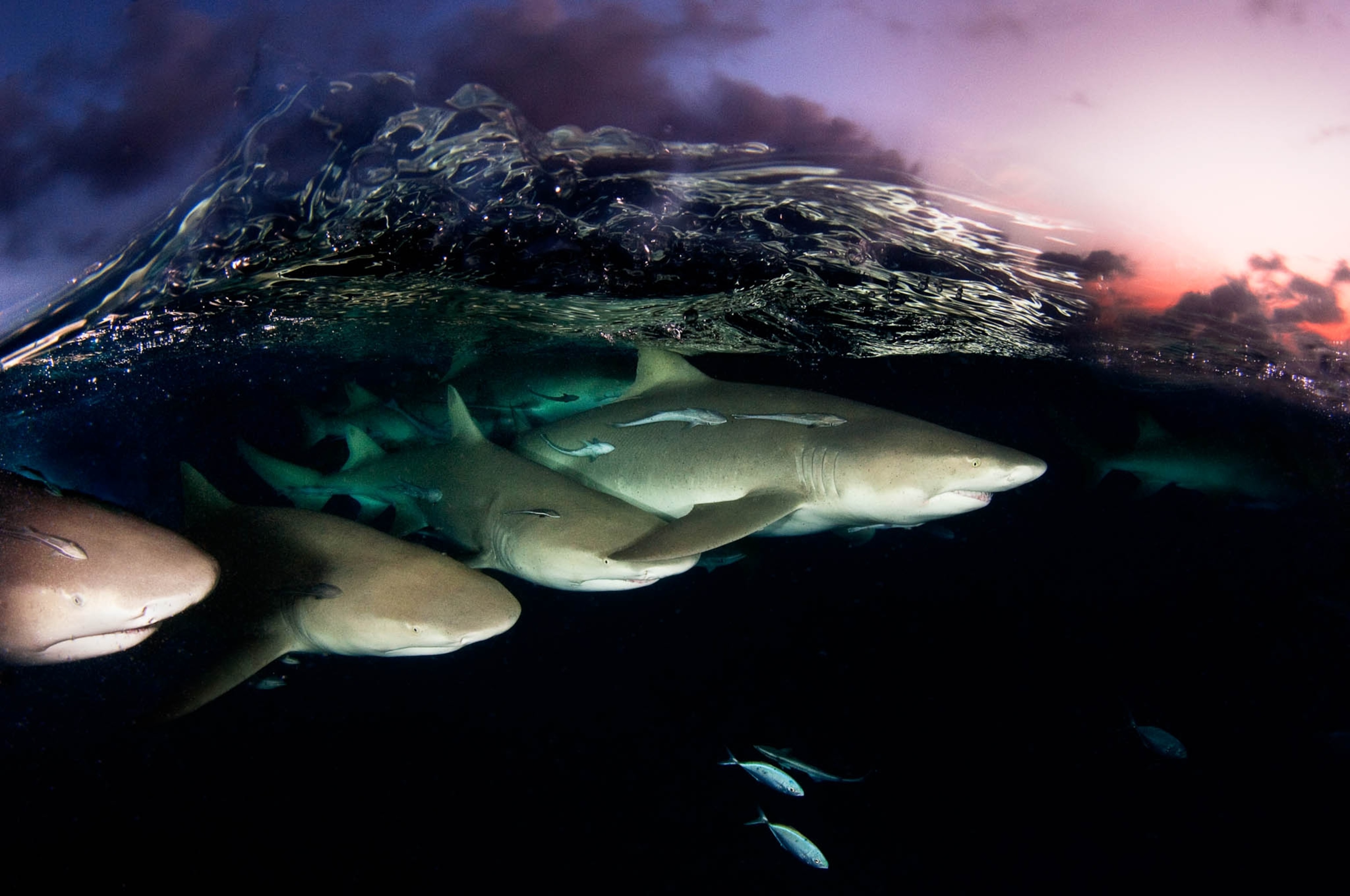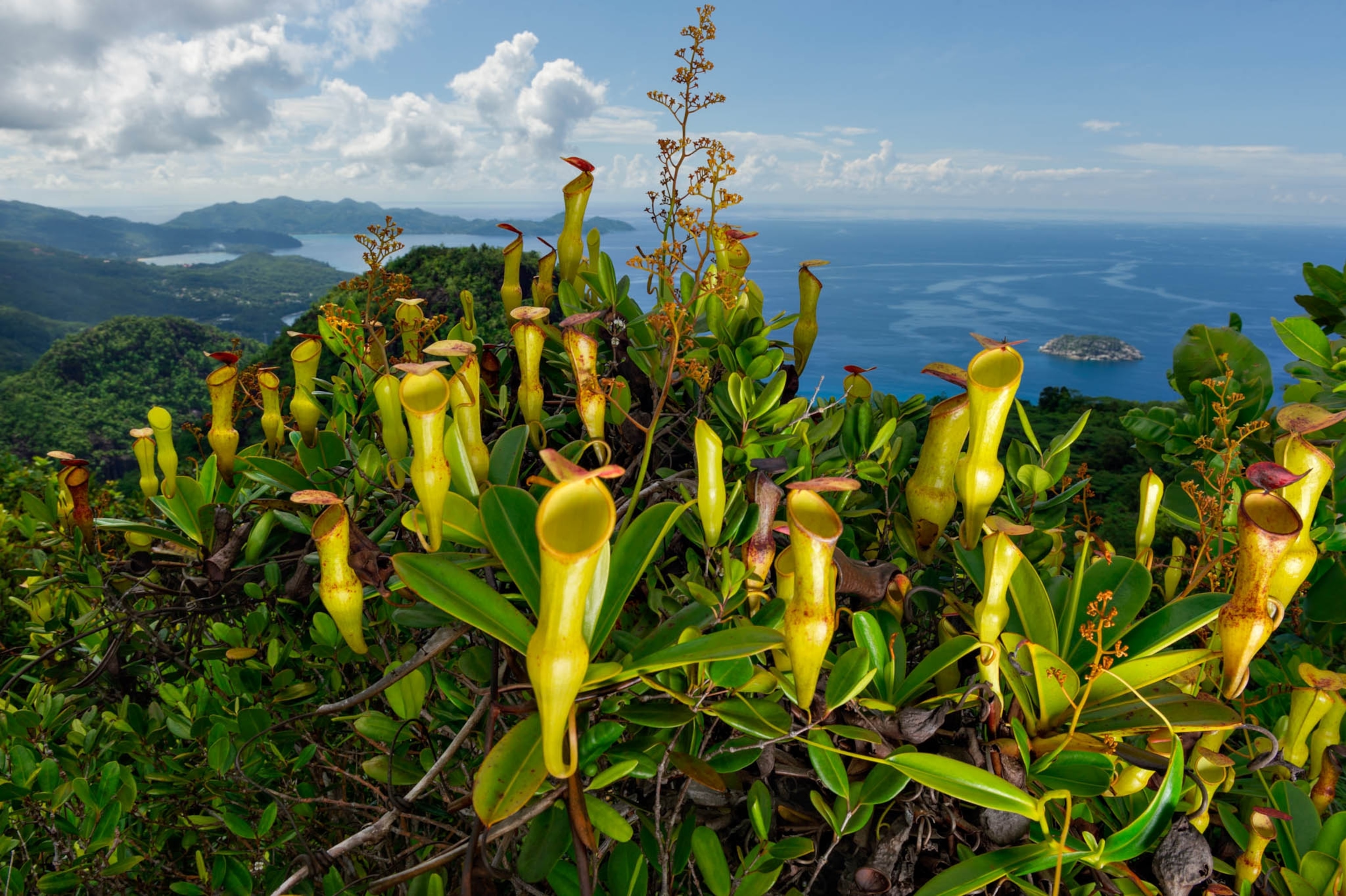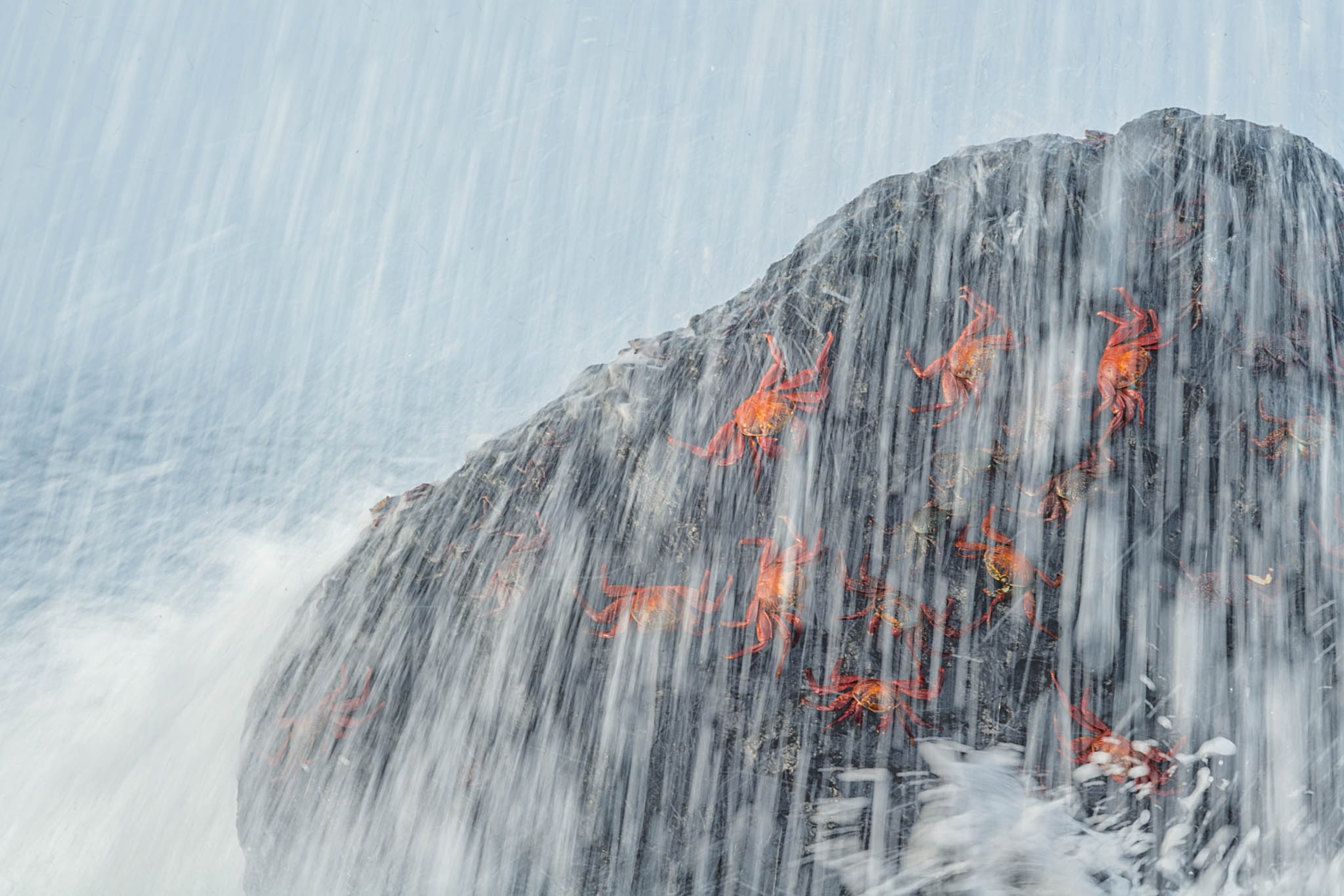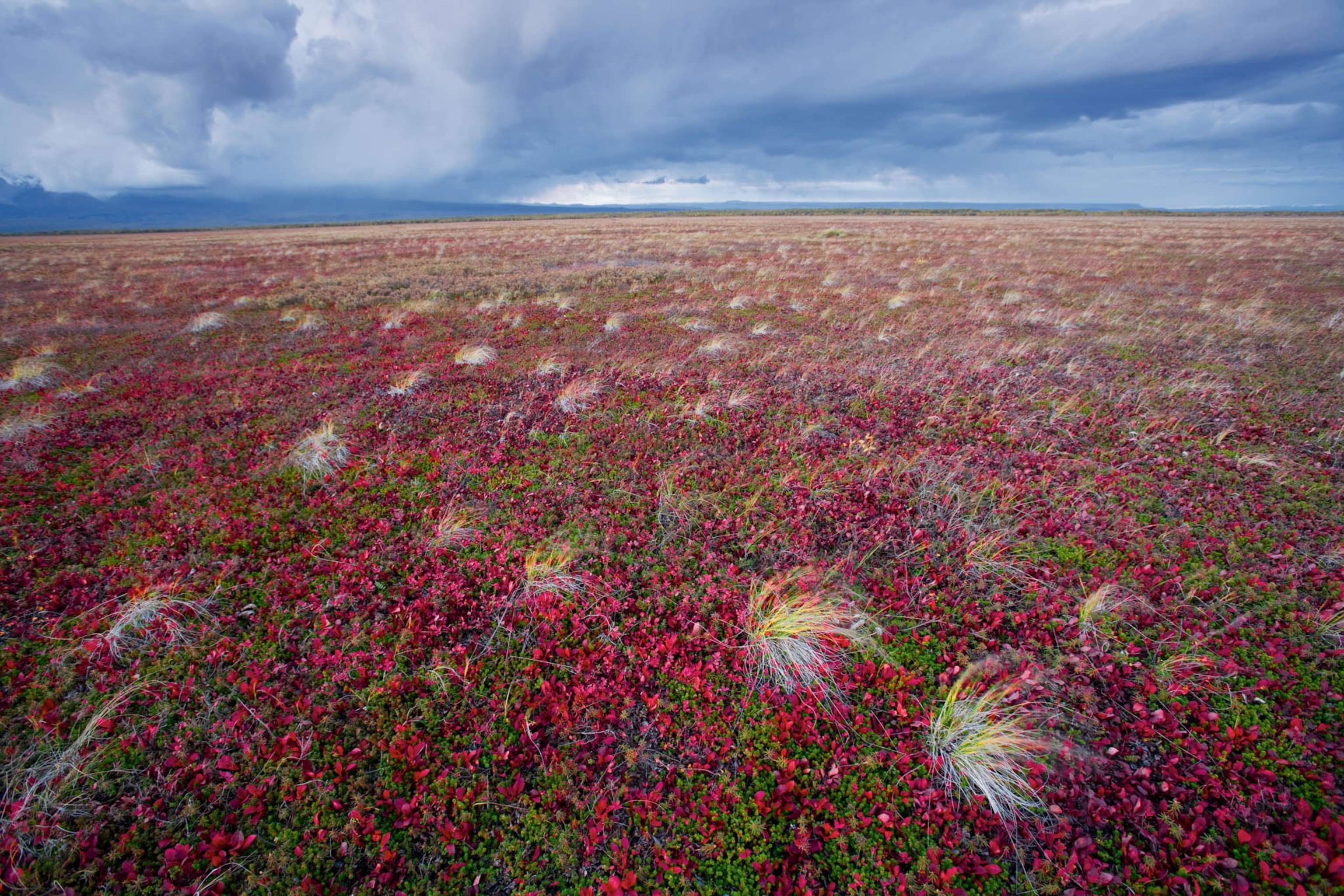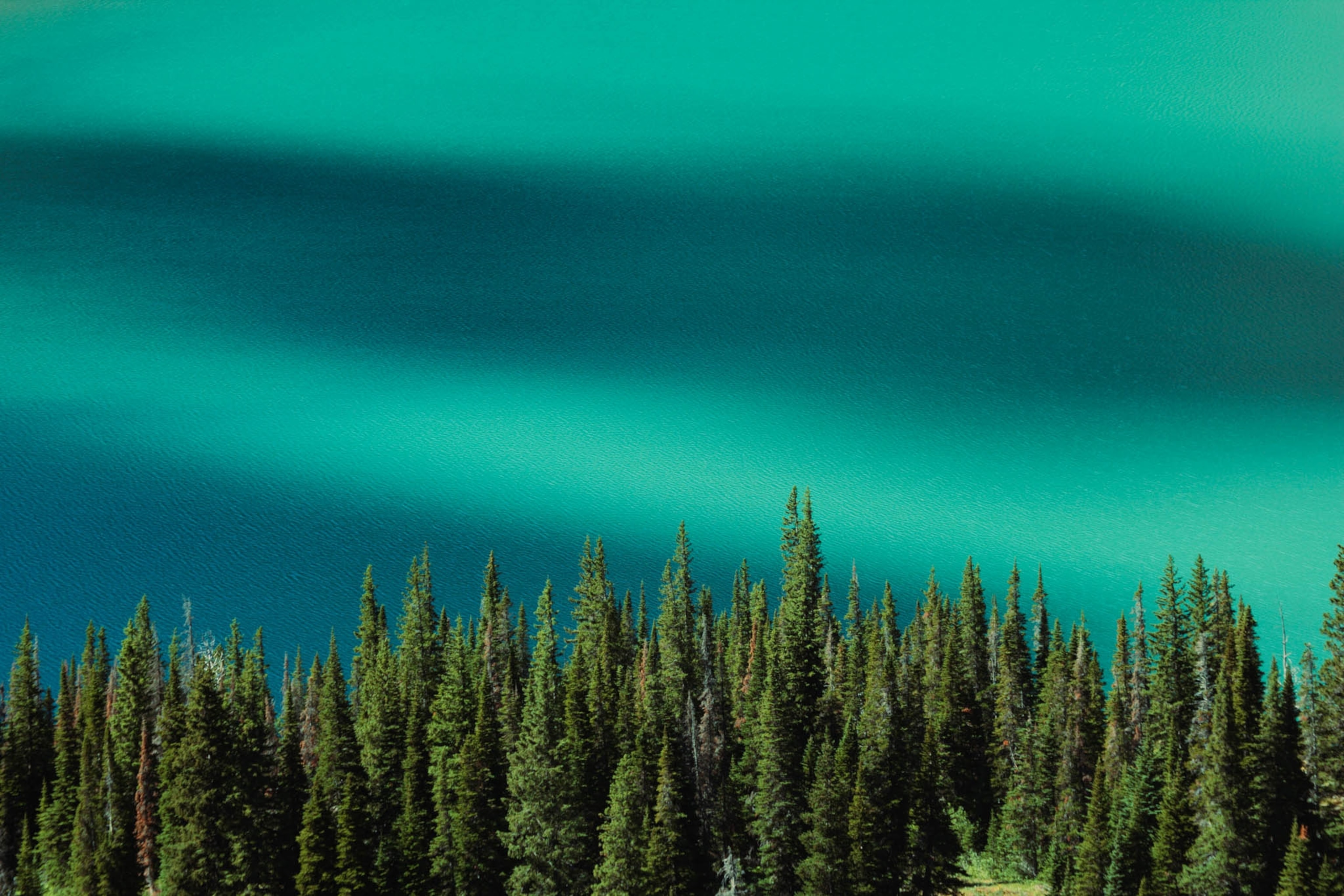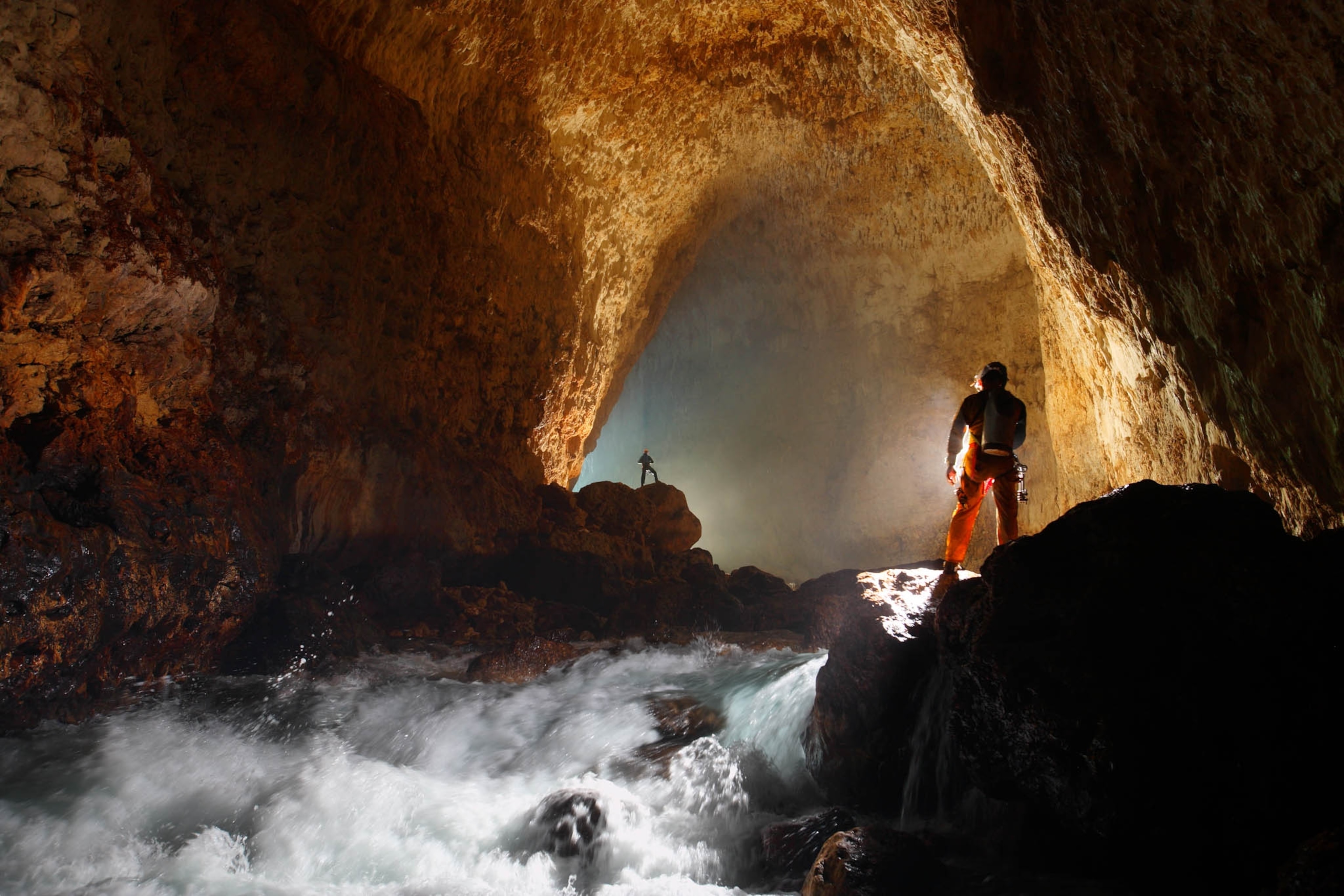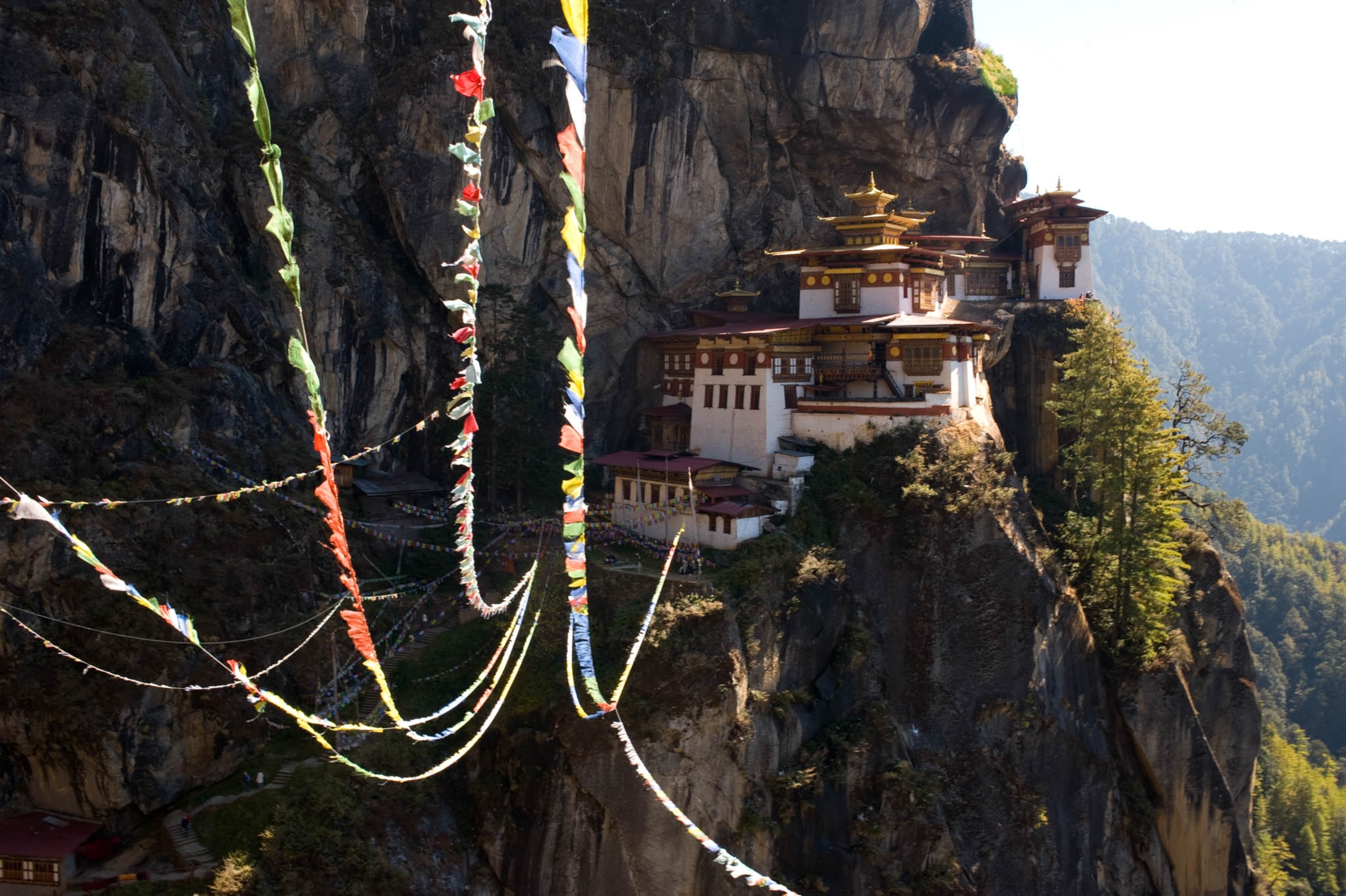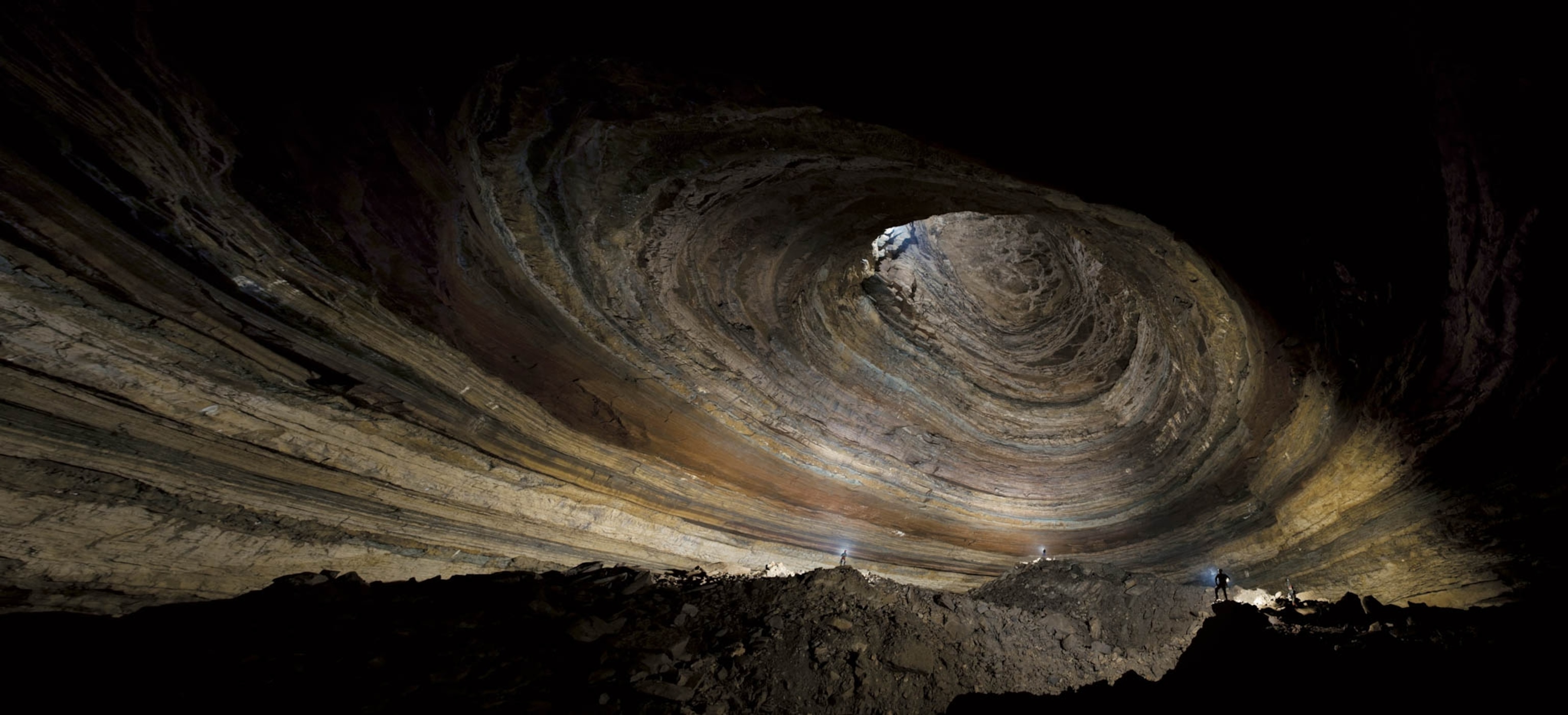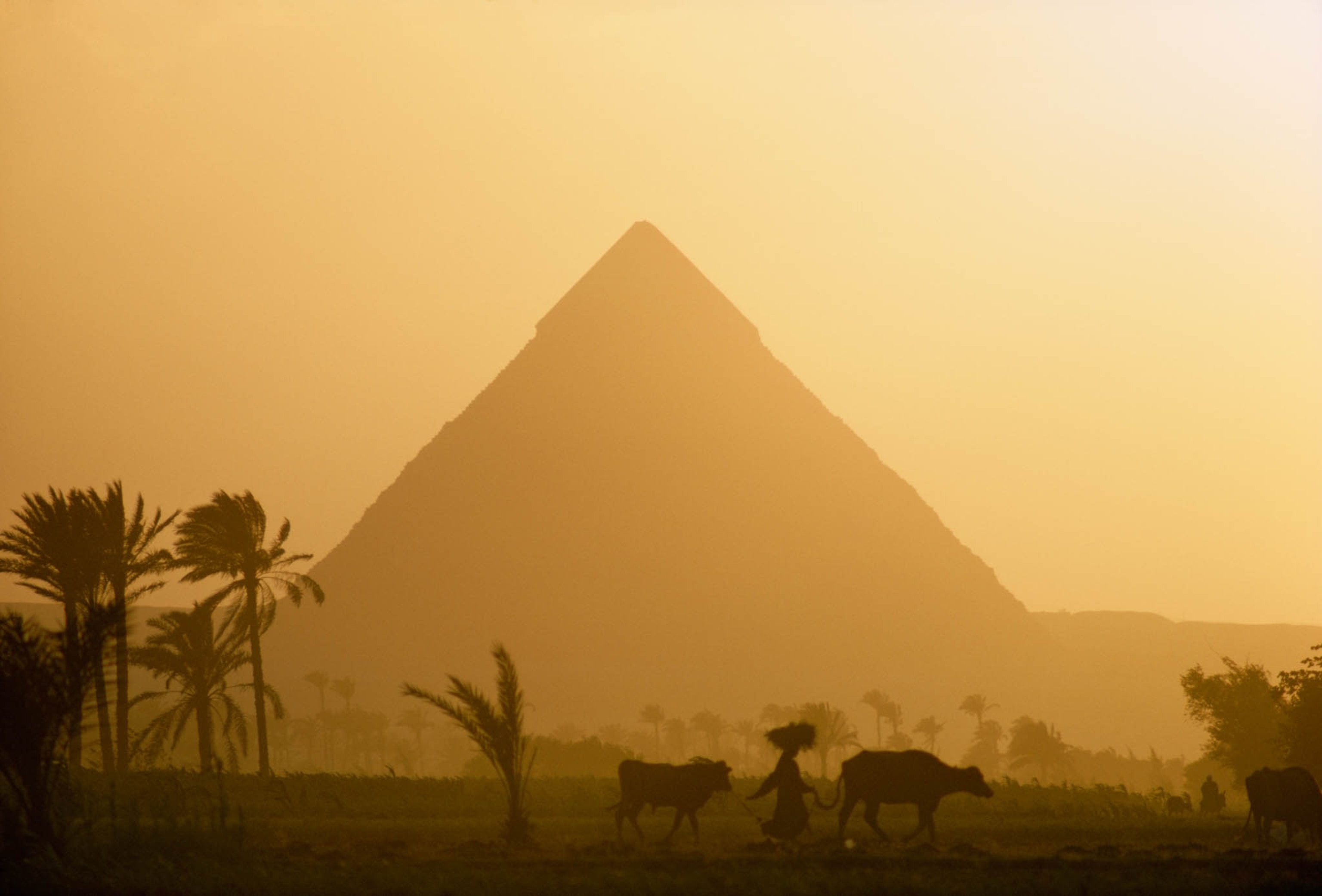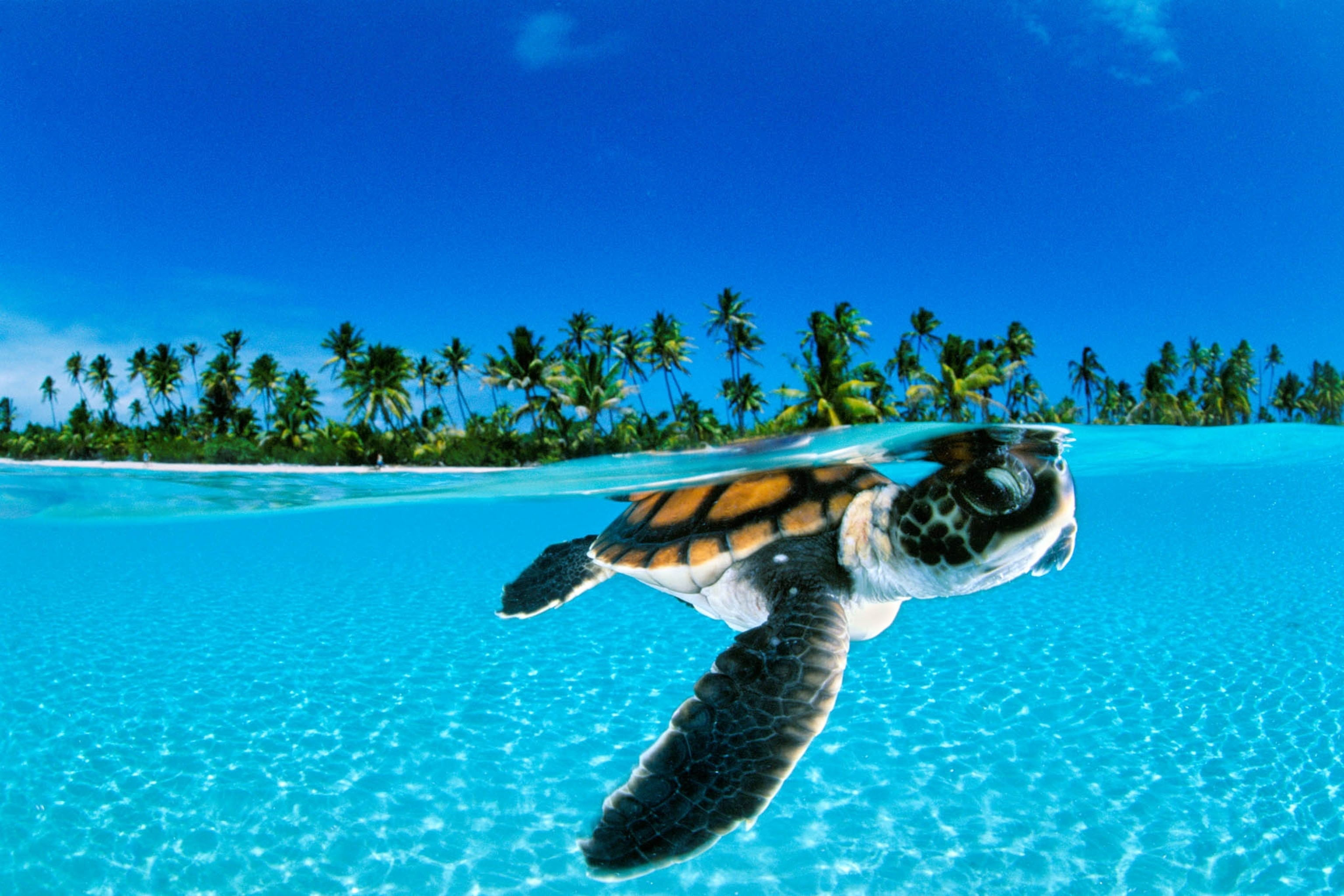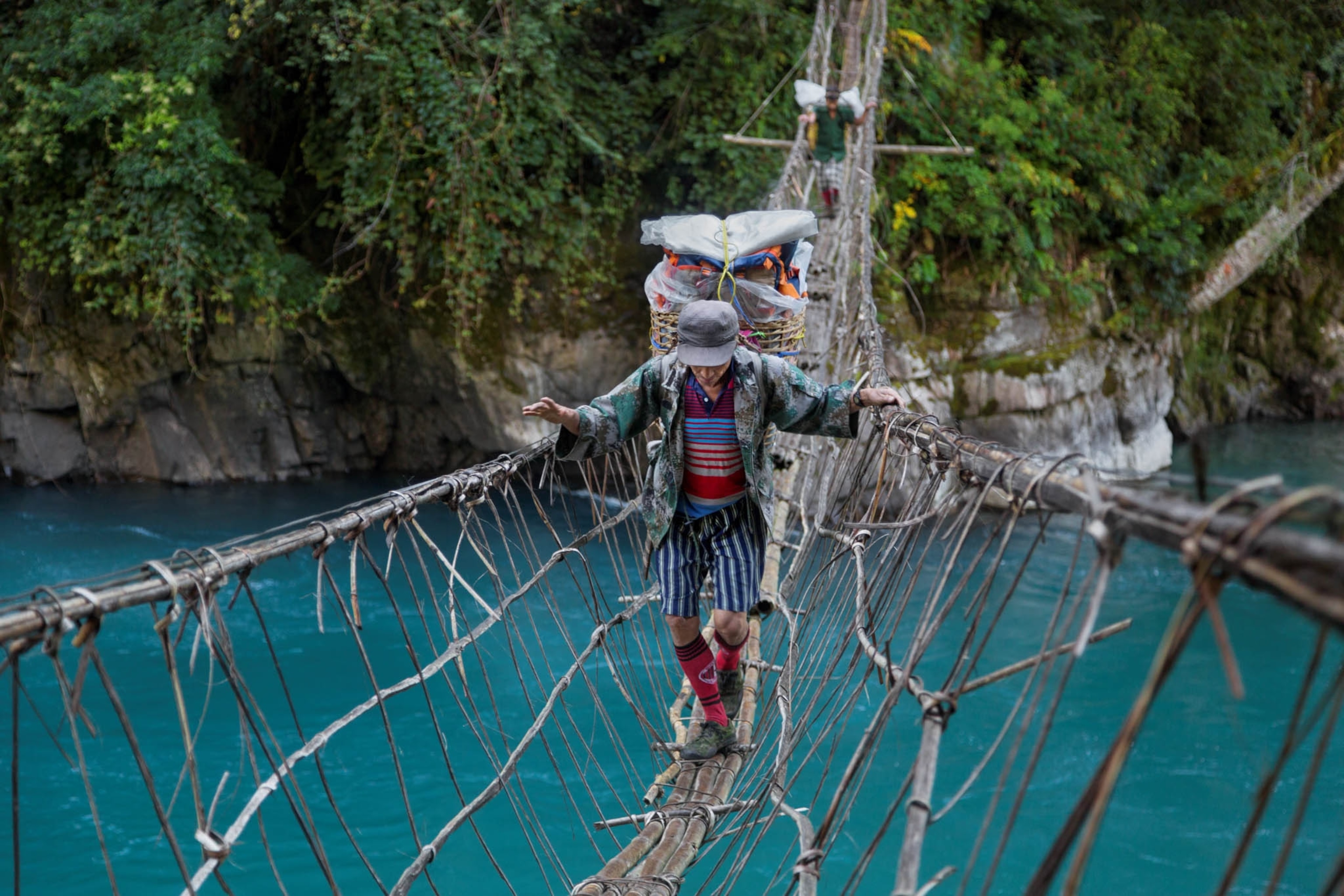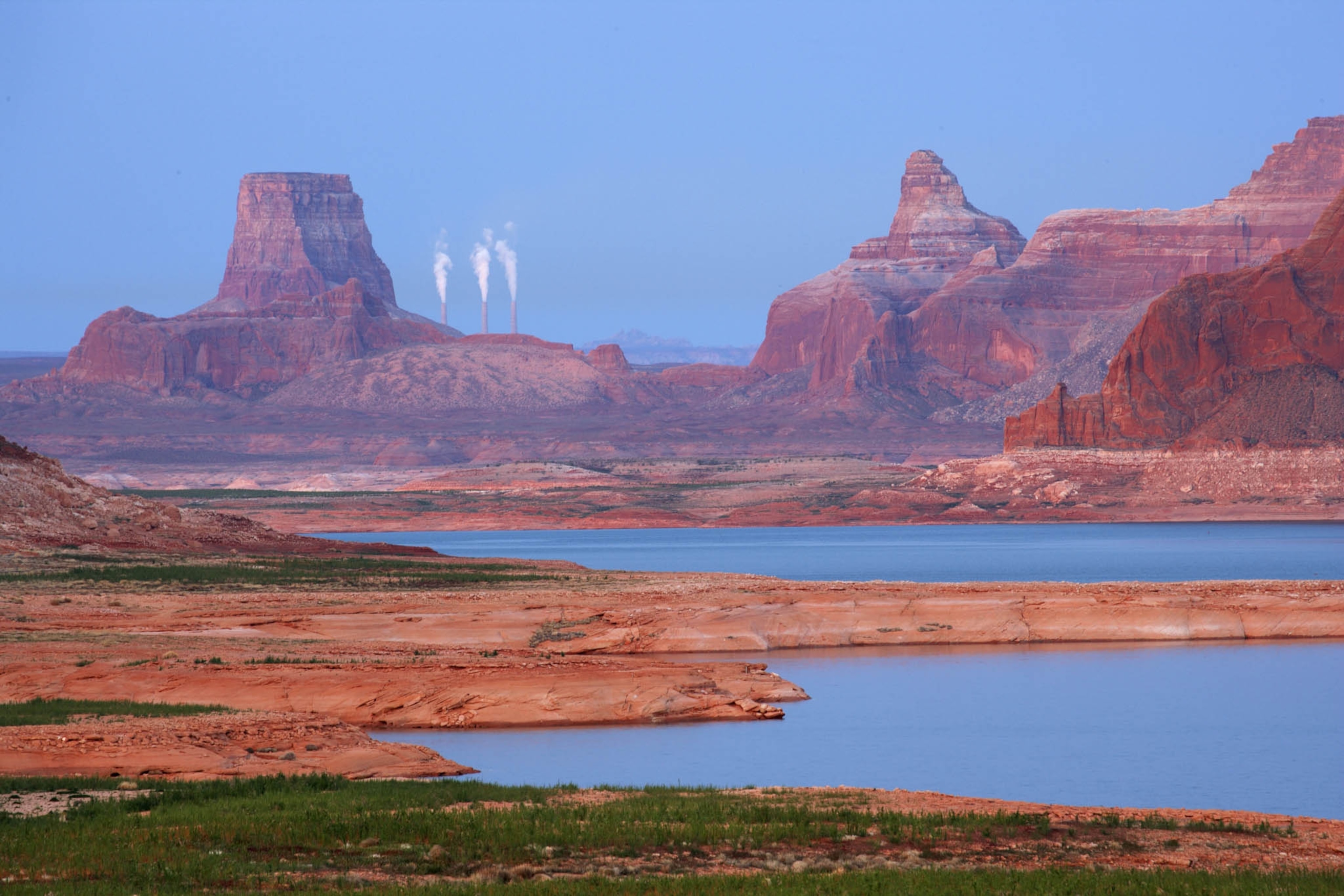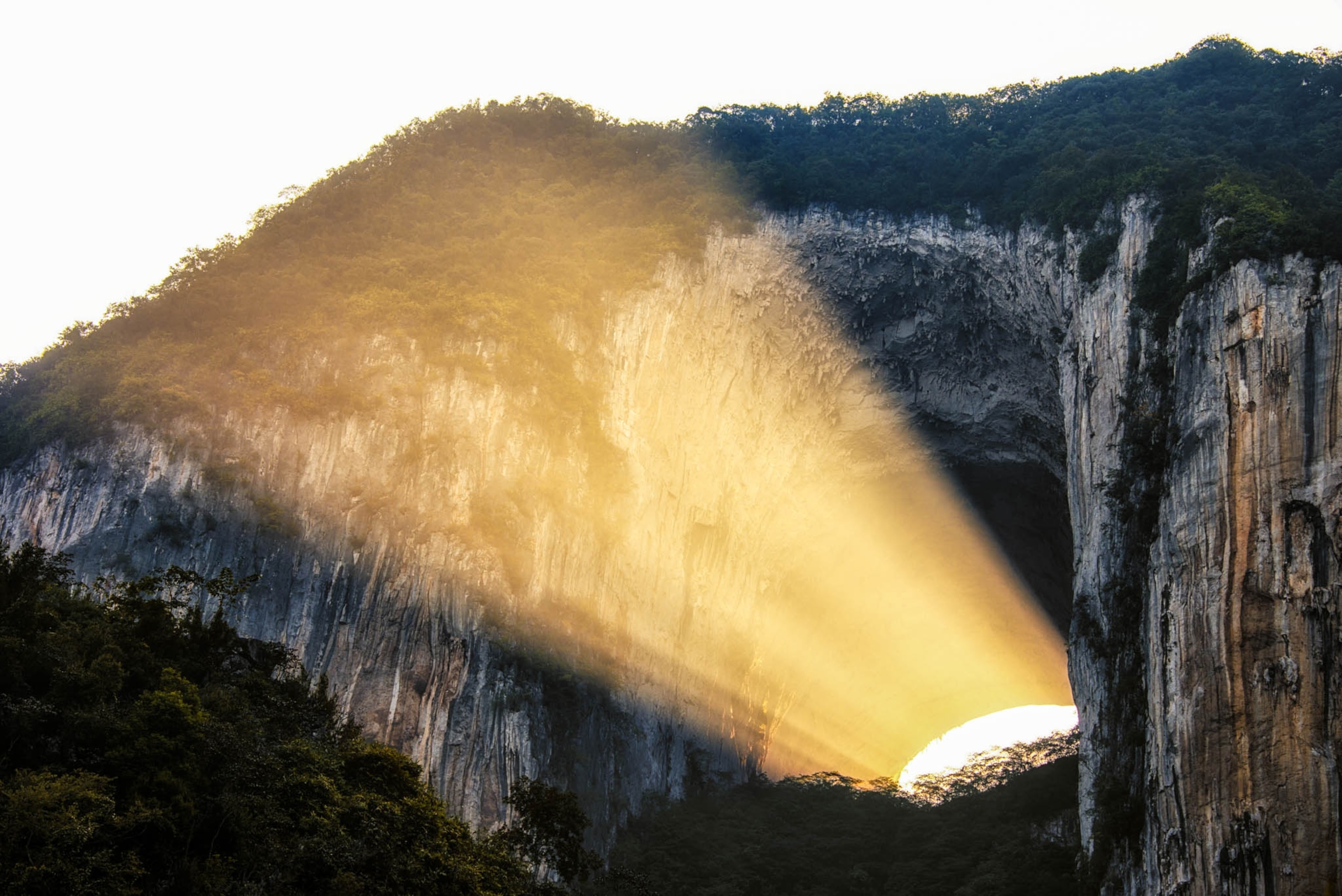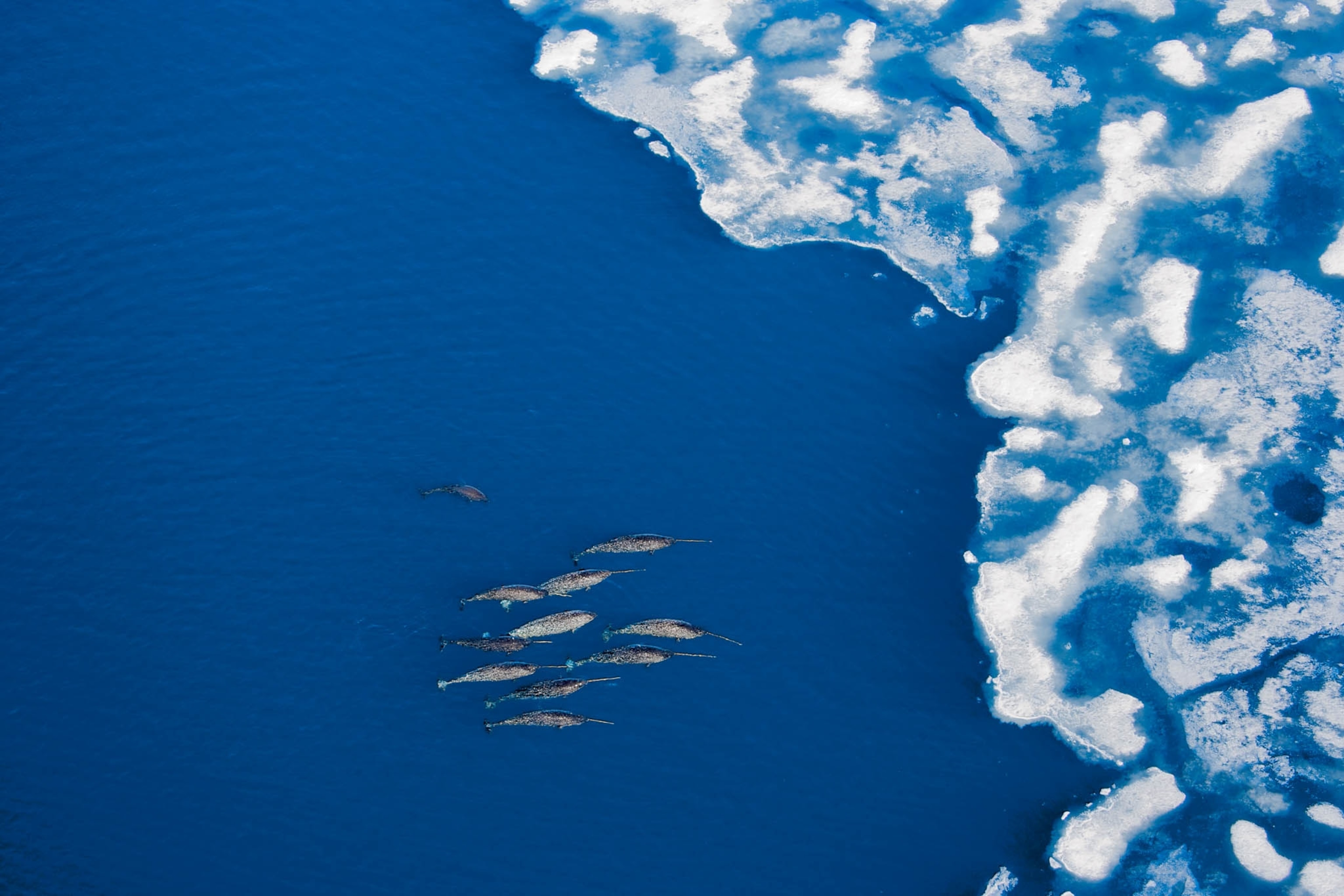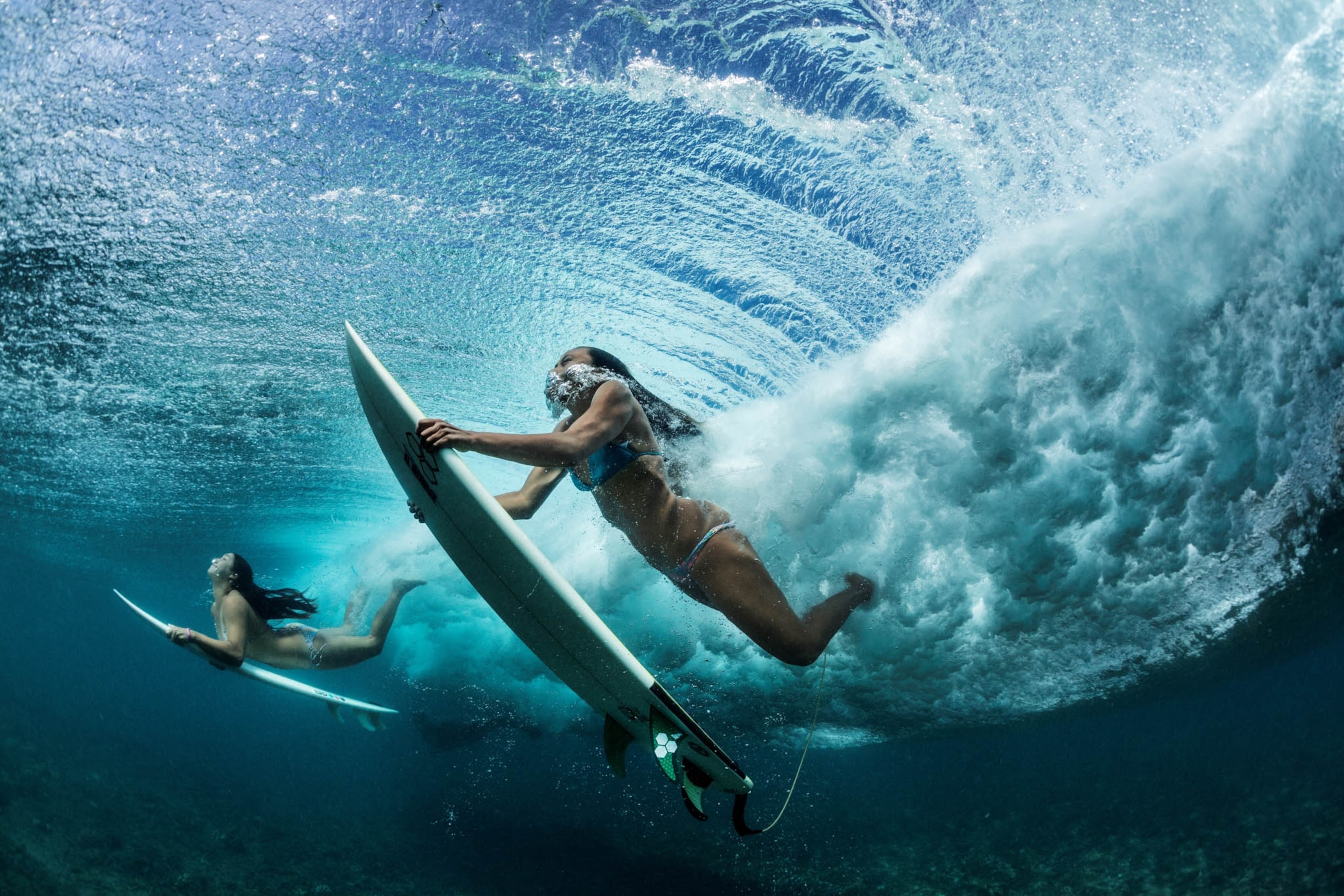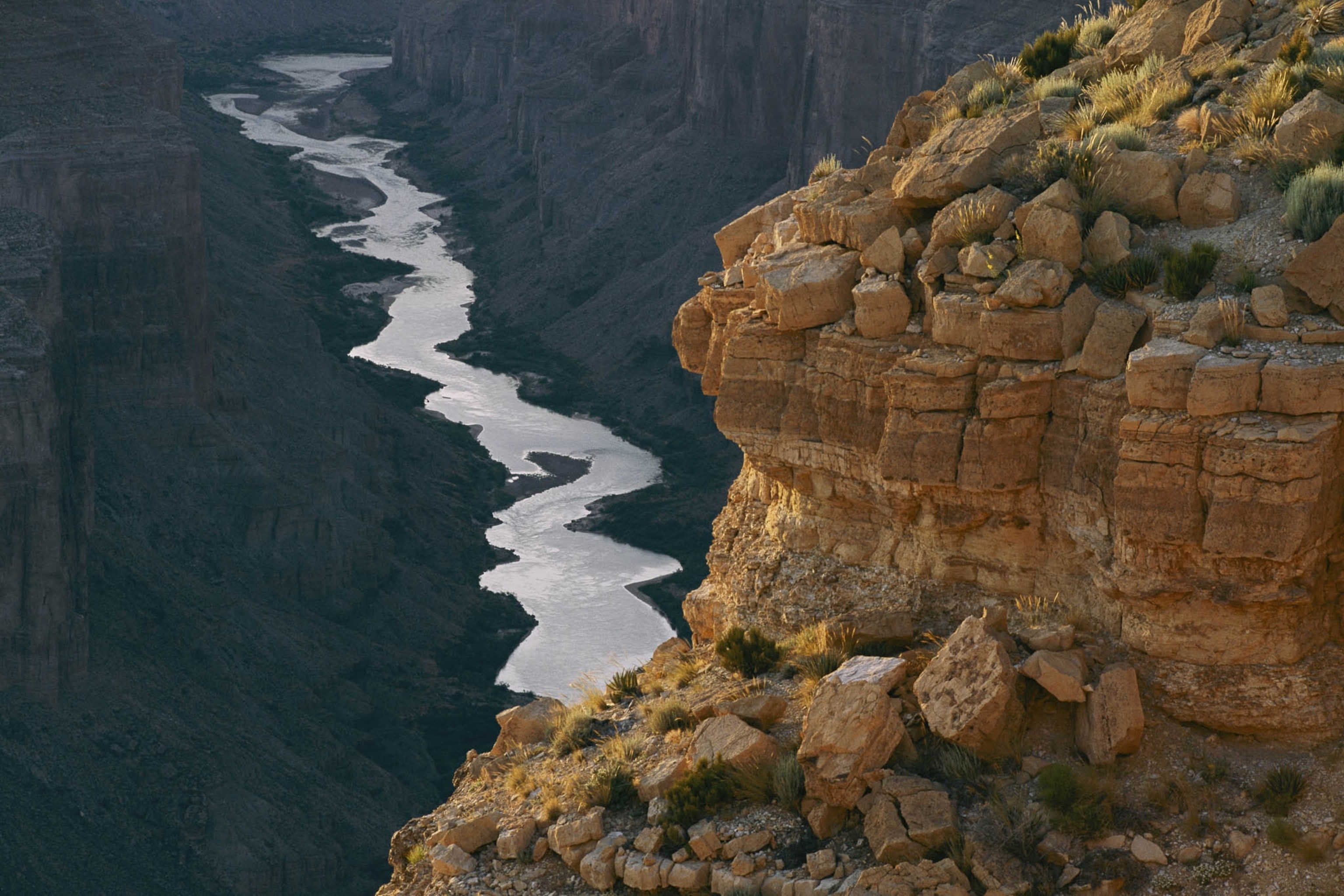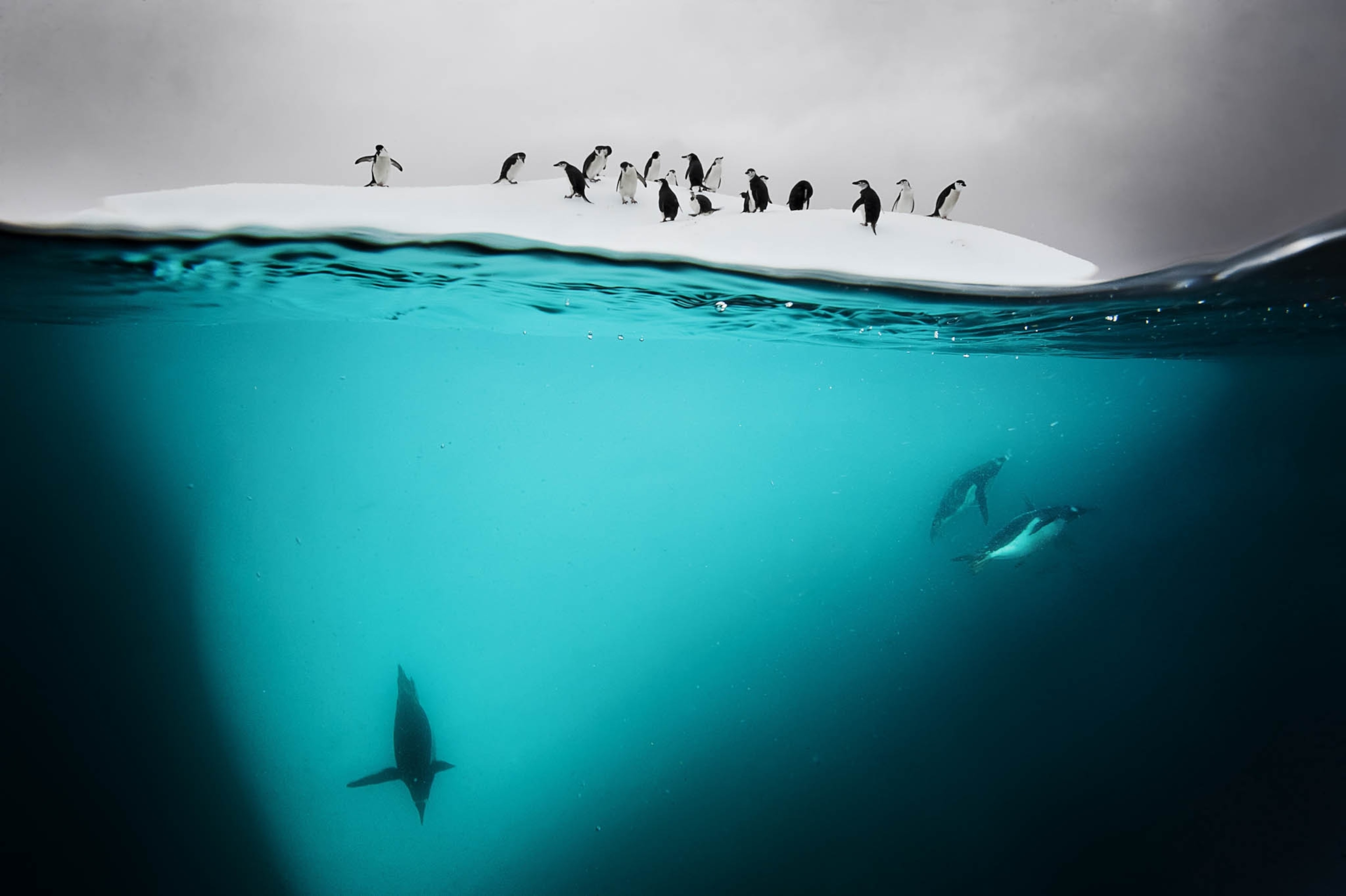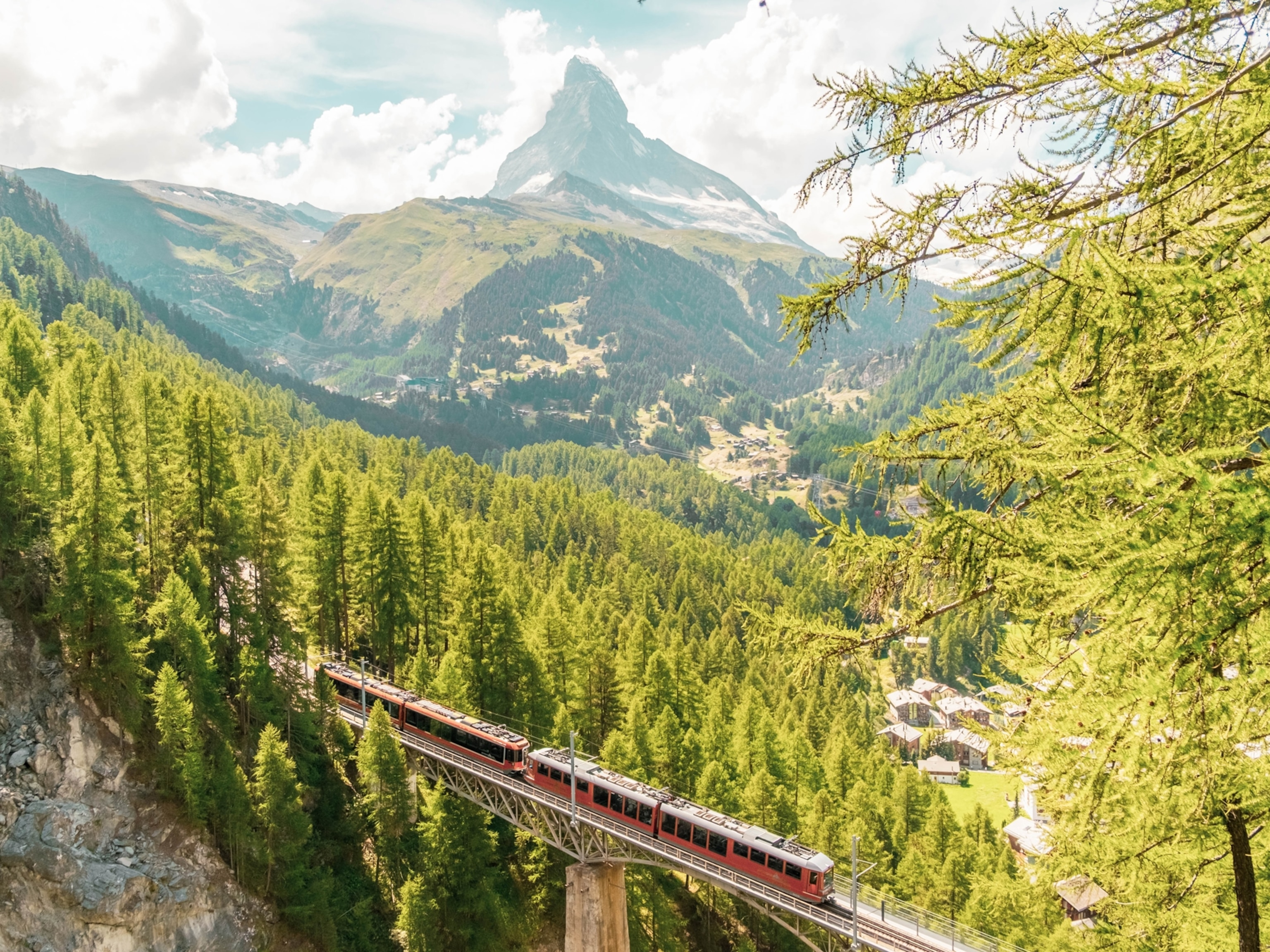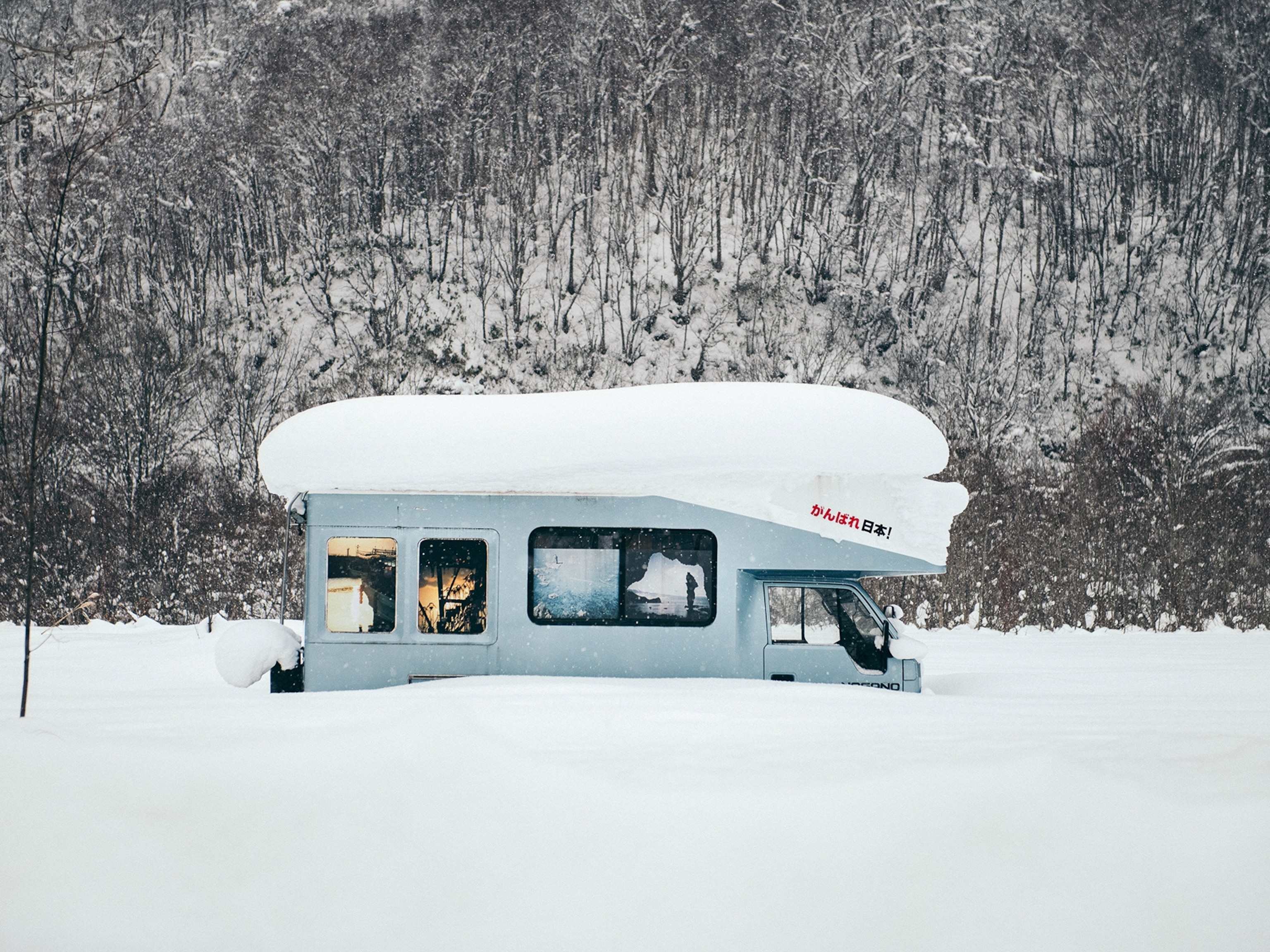Chris Reynolds has flown hundreds of times over the last decade, and he’s not stopping anytime soon.
From its frozen-solid lakes and crystal-clear waters to its vast, sweeping landscapes that make a photographer giddy, Alaska has a lot to offer. The northern-most U.S. state has an impressive selection of activities and wildlife on the ground, but for some vertigo-resistant adventurers, the sky's the limit.
Chris Reynolds, who lives in Big Lake outside of Anchorage, has been making a hobby out of soaring high for nearly a decade. Nine years ago, he began kite-skiing, where he would hook himself up to a massive kite to glide over snow and ice. Today, he’s gone fully airborne.
"Paragliding became a hobby after becoming a kite-skier," Reynolds says. "Paragliding turned into paramotoring.”
No Strings Attached
A paramotor is the harness and propulsive portion of a powered paraglider. Foot-launch models like the one Reynolds uses consist of a frame, engine, and caged propeller. The pilot is strapped in with a quick-release harness. The aircraft is lightweight and can be launched directly from the ground, Reynolds says. Whereas paragliders can only take off from ledges, paramotorists can ascend from frozen lakes or empty fields.
Related: Nature Photos to Get You Outside
Alaska can get cold in the wintertime, especially if you’re strapped into an exposed aircraft soaring hundreds of feet in the air, so warm layers are crucial, Reynolds says. He also recommends a sturdy pair of boots that can provide good ankle protection. (Related: “Learn to Heli-Ski in These Magnificent Mountain Ranges”)
Reynolds likes to record his vertigo-inducing flights and post them on his YouTube channel, which he’s been keeping up for years. The video above, which draws on footage from multiple trips in the Chugach Mountains in 2016, starts with him soaring over an ice-studded lake at the end of the Knik Glacier, which is located 50 miles east of Anchorage. A homemade chase camera follows him across the glacier, capturing a panoramic view of the surrounding mountains and horizon. At one point, Reynolds sweeps over the crest of a snow-capped mountain peak, recording it from his own point of view.
Like any other pilot, Reynolds has a pre-flight checklist to make sure his equipment is safe. The craft’s gas tank has to be full and he has to check the weather forecast beforehand—strong winds could make for dangerous flying conditions. (Related: “A Paraglider’s ‘Crazy’ Attempt to Fly Over the Alaska Range”)
- National Geographic Expeditions
"It is kind of a precarious thing when you're hanging out under a big fabric wing," Reynolds says.
Sometimes, Reynolds makes the one-hour trips solo, but other times he flies alongside eagles and other birds, or in local clubs with a group of paramotorists. When flying low over glaciers and mountaintops, Reynolds says he can spot wildlife like caribou, deer, and moose.
"Paramotoring is really a free-flying sport,” Reynolds says. “You can do anything you want.”


